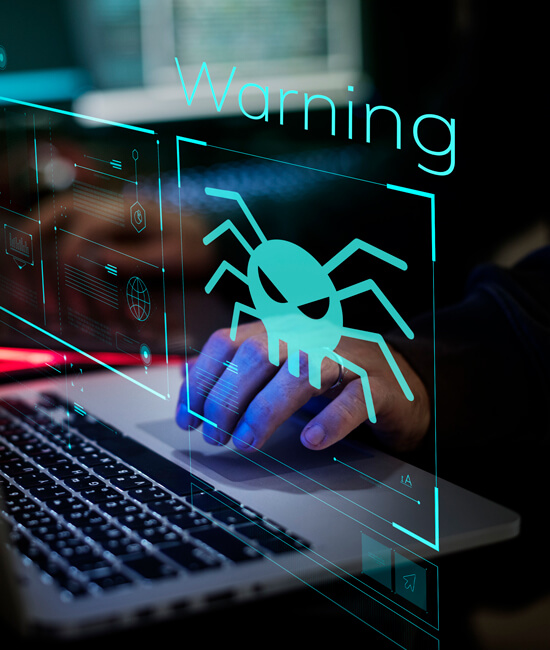In the vast ecosystem of web development, Single Page Applications (SPAs) have emerged as a game-changing paradigm. But what exactly is an SPA, and why has it become so popular? In this article, we will explore the concept of SPAs, their advantages, some real-world examples, and the technologies underpinning their development.
What is a Single Page Application (SPA)?
At its core, an SPA is a web application or website that interacts with the user by dynamically rewriting the current page, rather than loading entire new pages from the server. This approach allows for a more fluid and responsive user experience, as only content that needs to change gets updated.
Traditional vs. SPA Web Apps:
Imagine visiting a traditional multi-page website. Each time you click on a link or interact with a page, the browser sends a request to the server, which then sends back the necessary HTML, CSS, and JavaScript to display the new page. This can lead to perceivable delays and page flickers, especially on slower connections.
In contrast, an SPA loads a single HTML page and dynamically updates the content as the user interacts with the app. The bulk of the application’s code (HTML, CSS, and JavaScript) is loaded once at the beginning, with subsequent interactions leading to data exchanges, typically in JSON format, which update the displayed content.
Benefits of SPAs:
- Speed & Responsiveness: Since most resources are loaded once at the start, and only data gets exchanged thereafter, SPAs often feel faster and more fluid.
- Simplified Development & Debugging: Developers can often work within a single page context, which can simplify certain development and debugging processes.
- Offline Capabilities: SPAs can take advantage of browser caching and service workers to offer offline capabilities.
- Seamless Transitions: Without full-page reloads, animations and transitions between views can be smoother and more visually appealing.
Real-world Examples of SPAs:
- Google Maps: When you navigate around or search within Google Maps, the page doesn’t reload. Instead, it seamlessly updates the content, providing an SPA experience.
- Facebook: The main interface of Facebook, where users scroll through their newsfeed, chat, and view notifications, all happens within a single page.
- Gmail: Google’s email client dynamically updates content – from the list of emails to individual email views – without full page reloads.
Technologies Powering SPAs:
- JavaScript Frameworks: Modern SPAs are commonly built using JavaScript frameworks and libraries. Some popular choices include:
- Angular: Developed and maintained by Google, it offers a powerful framework for creating complex SPAs.
- React: Developed by Facebook, React focuses on building UI components and is often used in conjunction with other libraries to build SPAs.
- Vue.js: A progressive framework that is designed from the ground up to be incrementally adoptable.
- Backend APIs: SPAs often communicate with backend services to fetch and send data. These services, often built using technologies like Node.js, Ruby on Rails, Flask, or Django, expose data through RESTful or GraphQL APIs.
- Routing Libraries: To manage different views or states in an SPA, routing libraries like React-Router (for React) or Vue Router (for Vue.js) are often used.
- State Management: Tools like Redux (commonly used with React) and Vuex (for Vue.js) help manage application state in a predictable way.
- Package Managers: Tools like npm or Yarn help manage dependencies, which is especially important given the modular nature of SPA development.
Wrapping Up:
Single Page Applications have reshaped the landscape of web development, offering enhanced user experiences and new development paradigms. By understanding the principles behind SPAs and the technologies used to create them, developers can leverage their strengths and craft responsive, modern web applications. Whether you’re an end-user enjoying the smooth experience of an SPA or a developer knee-deep in JavaScript frameworks, there’s no denying the significant impact SPAs have made in the digital realm.




